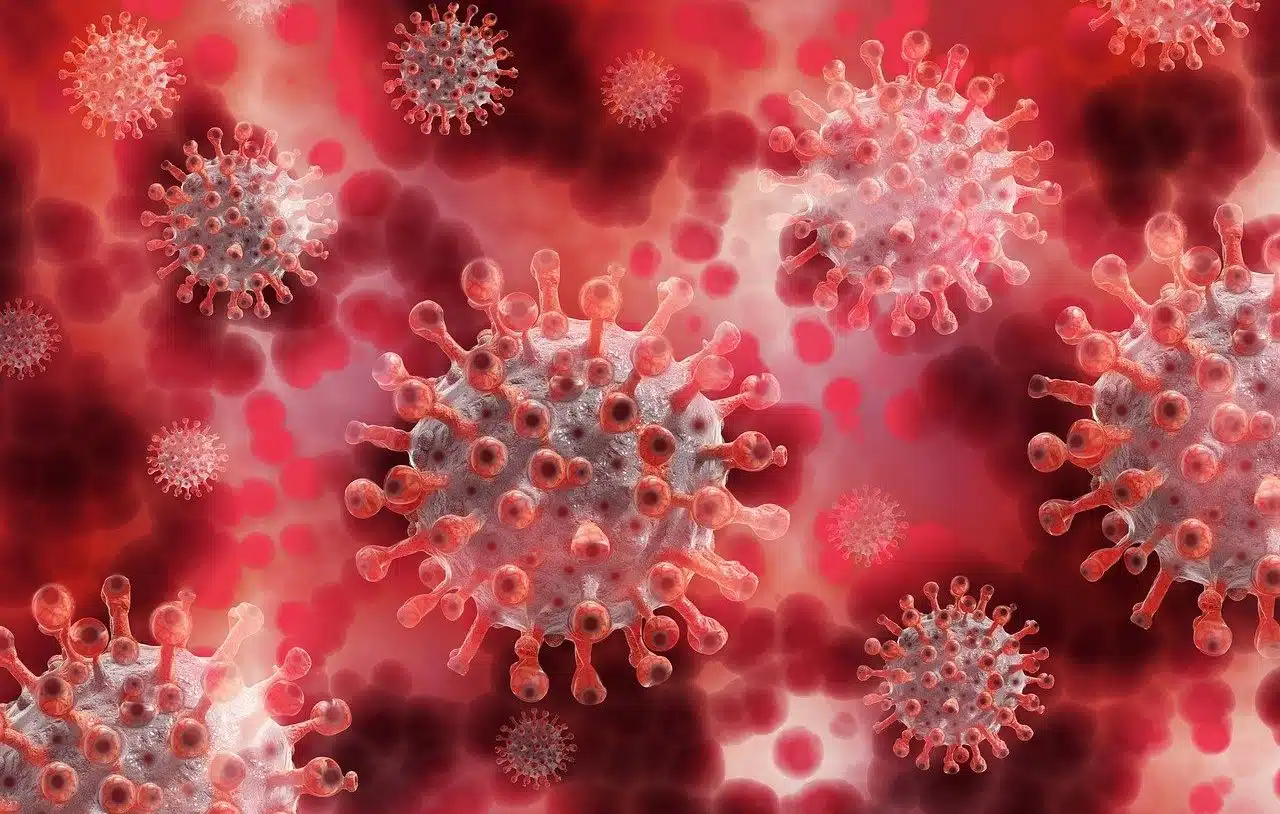
A pathogen can cause disease to a host.
A pathogen is an element that can cause a disease or organic disorder in a host . It should be noted that the organism that carries or houses another organism is called a host.
The term agent , meanwhile, can be used in different ways. On this occasion we are interested in staying with its meaning as that which has the capacity to act or produce something . Pathogen , on the other hand, is an adjective that describes what causes a disease (a variation in the state of health).
Therefore, the pathogen lodges in a host and causes some kind of damage. A virus , bacteria or fungus can act as pathogenic agents through different infectious mechanisms. Hosts can be humans , animals or plants.
Etymology of the concept
It is interesting to know the etymological origin of the two words that give meaning to the concept that concerns us now:
- Agent derives from the Latin agentis , which can be translated as “the one who carries out the action.” It is the result of the sum of two different elements: the verb agere , which is equivalent to "act" , and the suffix -nte , which is used to determine who performs the action.
- Pathogen , on the other hand, has Greek roots and means “causing disease.” The Greek word is made up of two parts: the noun pathos , which is synonymous with “disease” , and geno , which is equivalent to “produce” or “generate” .

A bacteria is a pathogen.
Examples of pathogens
The protozoan Toxoplasma gondii , for example, is a pathogen that can lodge in a cat and cause toxoplasmosis , a disease that is spread to people. Once a cat acquires toxoplasmosis, it can defecate and transmit the parasite to people.
Another example of a pathogen is Corynebacterium diphtheriae , a bacillus-type bacteria that lives in humans and causes diphtheria . This disease causes the development of false membranes in the throat, nose and skin, causing pain, increased temperature and injuries of different kinds. It should be noted that there is a vaccine that prevents infection .
Not forgetting another example such as the bacteria Clostridium tetani , which is responsible for tetanus . Its way of acting is to enter the body through a wound and then, once inside, release a toxin.
The nematodes
In the same way, we cannot ignore that nematodes are also considered pathogenic agents. In their case, they are responsible for causing different diseases in plants.
These are shaped like small worms, they feed by entering the roots and once there they “devour” the cellular contents. To counteract them, there are currently numerous insecticides and similar chemical products, which are responsible for preventing plants from dying or suffering serious damage due to these pathogens.
